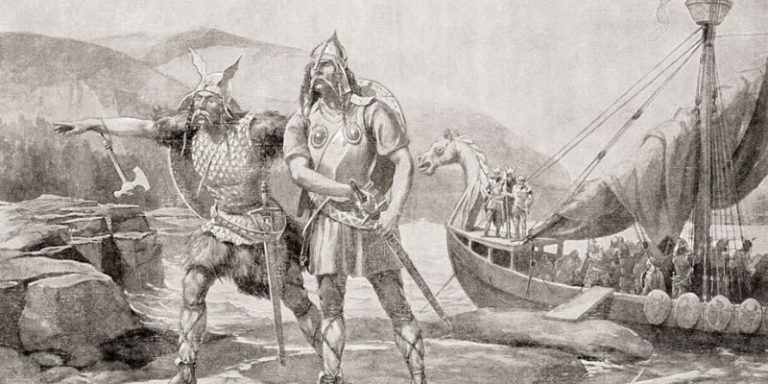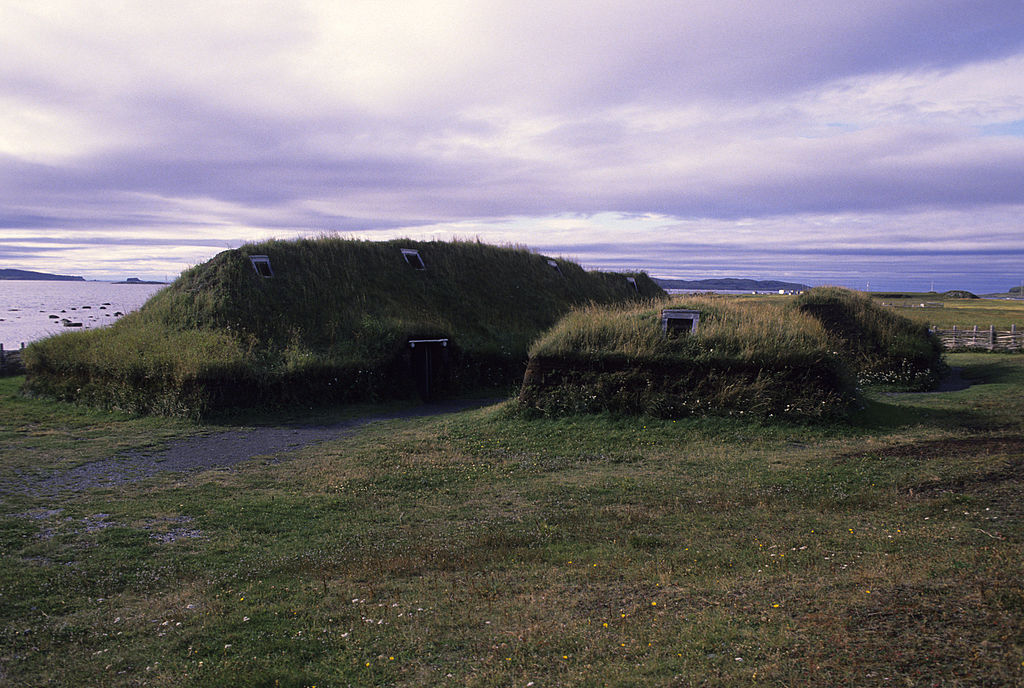Columbus Wasn’t First European to Travel to America
Proof has surfaced that the Vikings made the trek hundreds of years earlier.
By: Kelli Ballard | November 3, 2021 | 612 Words

(Photo by: Universal History Archive/Universal Images Group via Getty Images)
Christopher Columbus is celebrated for being the first European to find the Americas. It was thought his voyages led Europeans to the New World – but is that true? There has long been speculation that Columbus was not the first European to set foot on American soil, and now there is proof that the Vikings “discovered” the land hundreds of years before Columbus visited the area in 1492.
The Vikings were seafarers and explorers from about 793 to 1066 AD. They mostly came from Denmark, Norway, and Sweden. The Vikings would travel by sea, colonizing different areas or trading, and sometimes even raiding. They are remembered for their boatbuilding and navigation skills, as well as for settlements they founded on Iceland and Greenland. Their wooden boats were called longboats, which were propelled by sail and oars. One example that survived is called the Oseberg ship, and it is about 70 feet long.
A Viking Settlement in North America
In Newfoundland, Canada, there is a settlement called the L’Anse aux Meadows, which was discovered in 1960 and dates back to the 11th century. The structures built there resemble those found in Iceland and Norway. They are different from the indigenous way of building homes. Researchers at the site found steel blades, which the native people did not have at the time – further proof that Vikings were in North America much earlier than Columbus.
The Iselandic Sagas talk of Vikings being in the Americas. The stories are about historical events of the Norse people around the ninth, tenth, and eleventh centuries. The sagas describe a leader named Leif Erikson, an explorer thought to be the first European to set foot in North America. They also talk about an area called Vinland, which was probably around eastern Canada. It’s possible that L’Anse aux Meadows was within Vinland. Scientists have now discovered that the settlement was occupied in 1021 by Vikings.

Replicas of Norse houses in L’Anse aux Meadows. (Photo by Wolfgang Kaehler/LightRocket via Getty Images)
New Evidence
The scientists used a new type of dating technique that uses a long-ago solar storm as a point of reference. In 992 AD there was a large solar storm – a burst of high-energy cosmic rays from the sun.
Tree trunks develop rings as they grow. Once a tree has been cut, people can tell how old it was by counting the rings inside the trunk. A solar storm creates a certain isotope signal in a tree’s growth ring. Using three pieces of wood that were cut from trees to make shelter, the scientists were able to date when the wood was cut.
In all three pieces of wood tested, there were 29 growth rings that formed after the one from the solar storm. This means the wood was cut in 1021, 29 years after the storm, said Margot Kuitems, an archaeologist at the University of Groningen.
“Much kudos should go to these northern Europeans for being the first human society to traverse the Atlantic,” said geoscientist Michael Dee at the university. He suggested the Vikings had traveled to America to find resources, especially wood. Dee said:
“I think it is fair to describe the trip as both a voyage of discovery and a search for new sources of raw materials. Many archaeologists believe the principal motivation for them seeking out these new territories was to uncover new sources of timber, in particular. It is generally believed they left from Greenland, where wood suitable for construction is extremely rare.”
It is unclear how long the Vikings stayed in the area, but scientists believe there were about 100 Norse people in the village for a decade or so.
















